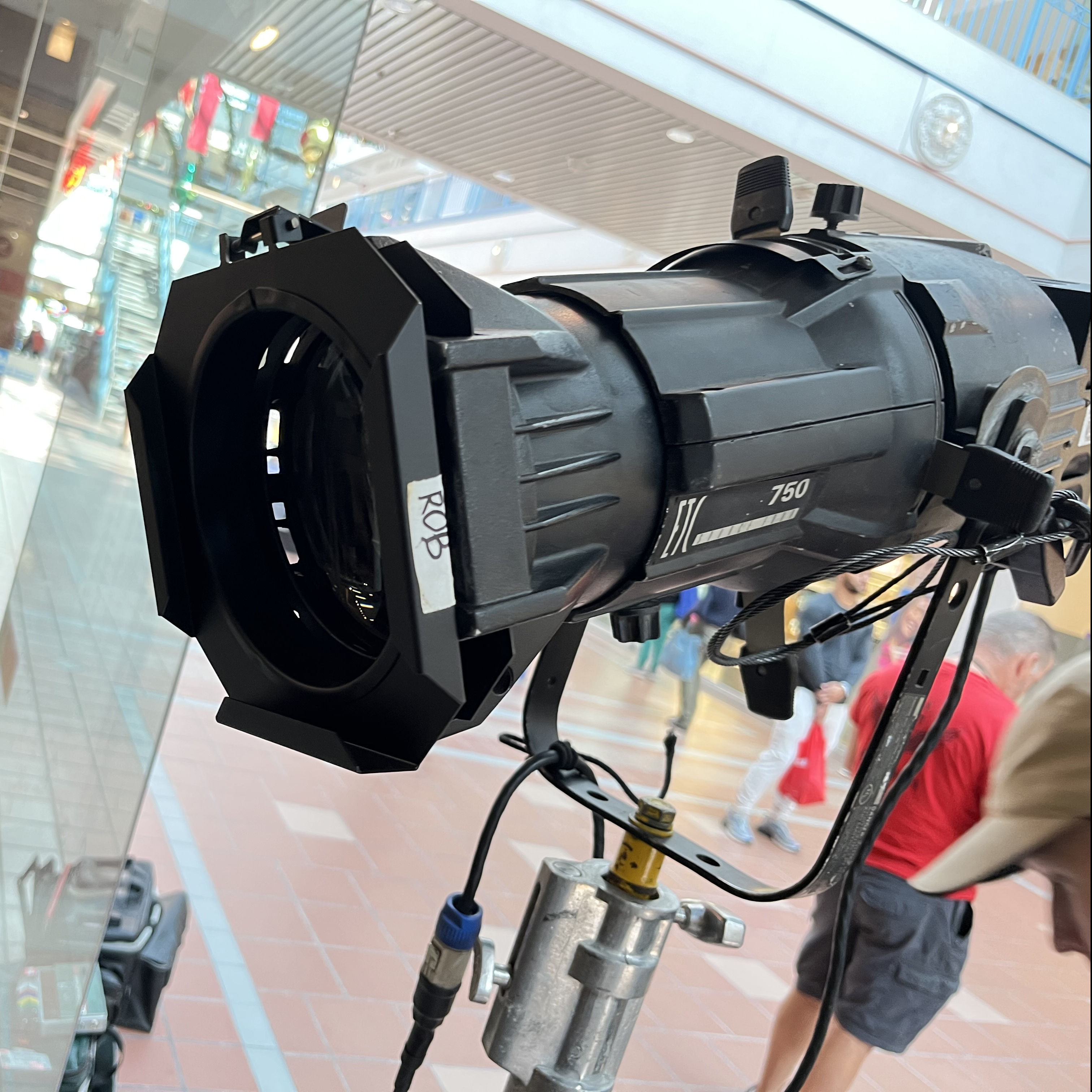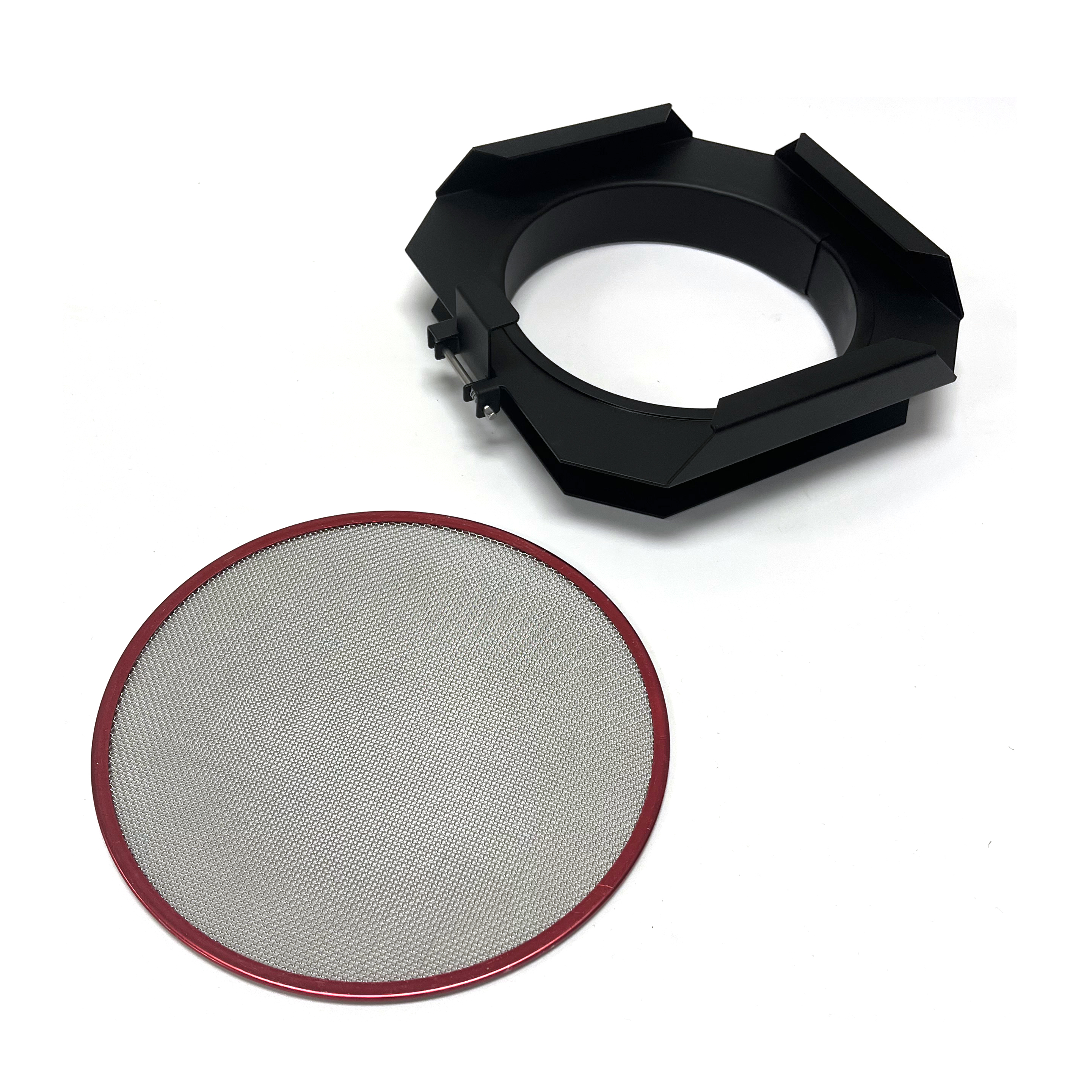Interview with Robert Scarborough CSC
City Theatrical talked to Director of Photography Robert Scarborough CSC to find out about what inspired the S4 to Adapter product idea, and how he uses it on film & TV projects.
City Theatrical Interview with Director of Photography Robert Scarborough CSC
Robert Scarborough CSC is a director of photography located in Toronto, Canada. He works in both the US and Canada. His most recent work includes the ROKU original for CBC Studios ‘THE HOLIDAY SHIFT’, two seasons of the Amazon Prime show ‘THE LAKE’ starring Julia Stiles, and the indie features ‘ASHGROVE’ and ‘DANIEL’S GOTTA DIE’ starring Bob Sagat, Jason Jones, Iggy Pop, and Carly Chaikin. He has been nominated for five Canadian Cinematography Awards (CSC) and won a Canadian Screen Award for his work on Baroness Von Sketch Show.

Robert Scarborough CSC, Director of Photography
Robert's Portfolio sitePROFESSIONAL PROFILE
| Name: | Robert Scarborough, CSC | |
| Profession: | Director of Photography | |
| Industry: | Film and television | |
| Location: | Toronto, Canada | |
| Website: | https://www.robscarborough.ca/ | |
| IMDb page: | https://www.imdb.com/name/nm1999046/ | |
Recent Shows: | ‘THE HOLIDAY SHIFT’ (CBC Studios); ‘THE LAKE’ (Amazon Prime, two seasons); indie features ‘ASHGROVE’ and ‘DANIEL’S GOTTA DIE’ | |
INTRODUCTION
City Theatrical interviewed Director of Photography Robert Scarborough to find out more about what inspires him in his career as a cinematographer, how scrims are used for film and television, and what led him to design this accessory with City Theatrical.
THE INTERVIEW:
City Theatrical (CT): Hi Robert! As a cinematographer, what inspired your vision of what is now our Source 4 to Scrim Adapter (P/N 1253) product? What was your process for attaching a scrim to a Source 4 lens before the 1253 Adapter was a product?
Robert Scarborough (RS): I have been using Source 4’s on my sets since I started shooting in the early 2000’s. I use them to bounce light onto the scene, to create sun slashes, I rig them above a desk to create pools of light, as a few use case examples. Every time I wanted to take down the intensity of the light by one or two stops, my crew would have to find a pony clip, and attempt to fasten multiple scrims to the front of the fixture and intricately balance the scrims so they wouldn’t fall out from the grasp of the pony clip. It was a very makeshift solution.
Plus, to rig these scrims eats up time, and I have always considered it a messy option.
Lastly, it could be somewhat dangerous having scrims hanging precariously off a light source considering the scrim’s hot temperature. Having them fall off the light could be dangerous for our actors and potentially damage props and pieces of the set.
So, for years, I have asked: Why does this accessory not exist? It would be so much easier if we could just slip some 650 scrims into the front of the light. And after many minutes lost on my sets to falling scrims and constant adjustment, which were slowly driving me nuts… I just had to create this part with City Theatrical.
CT: Can you describe further how you use scrims over a fixture for film and television?
RS: Scrims are used to cut down the light's intensity. If you use a dimmer, the bulb gets warmer and most of the time, I want to avoid this. When I have a source 4 on the floor, and depending on if I have an HMI back on the light or just using the tungsten back, the scrims allow me to quickly lower the intensity of the light - without warming up the tungsten bulb - on the fly.
CT: When would you use one vs. more than one scrim? How many is too many scrims?
RS: When I am using a Source 4, it is usually the last piece of my set-up puzzle. It could be a final little sun-hit on a wall, a slash of warm light on a desk or a hard sun hit on the bottom half of a character’s body - so depending how close it is to the set, how strong or direct I want the source, the number of scrims varies from one to four.
Doubles, singles, all depend on the shot, but I have fit 4 scrims in the holder - which is super helpful when adjusting the light on the fly.

1253 Adapter attached to a Source 4 fixture on set
“For years, I asked: Why does this accessory not exist? After many minutes lost on sets to falling scrims and constant adjustment, I just had to create this part with City Theatrical.”
- Robert Scarborough CSC, Director of Photography
CT: How would you describe the problem that led you to design this accessory as a solution?
RS: The problem before we created this accessory is that scrims didn’t fit in the front of the Source 4. The light is often used for stage lighting, so scrims aren’t really used nearly as much in the stage world since they have big dimming councils, so they didn’t design the light to fit film light scrims. Before this accessory, we would have to pony clip scrims or bend them to fit the front of the light - which was always precarious and messy. We made this accessory to fit 650 scrims (6” and 5/8”) which we have plenty of on any given film set. With this part, we can now use scrims borrowed from our other lighting sources with any Source 4 to take down the intensity. I primarily shoot TV and movies and carry at least two Source 4’s on every job. Before this accessory was designed, it was always a problem to lower the light's intensity quickly and neatly, either during set ups or between takes. This Adapter allows us to do that quickly, easily, neatly, and safely.
CT: Are you using this Adapter for any of your current projects?
RS: I just shot a show called The Holiday Shift For CBS/Roku and The Lake for Amazon. Unfortunately, we only had one prototype created at the time, but I used that prototype on every single set up. At first, my gaffer didn’t know what to think about the accessory and within a day or two, the attachment didn’t leave the front of the Source 4 - it just lived in there for the rest of the two-month shoot. I have also used it in many commercials since then. I carry at least two Source 4s on every job I do and now that I have this attachment, it lives in the front of that light the entire shoot.

1253 Adapter and Scrim
“This simple accessory has made my lighting technician’s lives a lot easier. Instead of having to clip a scrim to the front of the Source 4, or bend one to fit, this clean, simple solution fits film scrims into the front of the light.”
- Robert Scarborough CSC, Director of Photography

1253 Adapter with 4 Scrims
CT: Do you think this Adapter is appropriate for project types other than film/TV?
RS: Anyone who wants to control the intensity of a Source 4 without having to dim that source, would find this attachment very helpful.
CT: How do you work with EDLT or Standard lenses for the Source 4 Series 3 LED?
RS: I vary the lens depending on how wide I need the beam to be. Depending on the quality of the light I need for that particular scene, I just change the degree of barrel usually. The kit usually comes with a 10, 19-, 26-, 36- and 50-degree barrel and I use them all.
CT: How has the 1253 Source 4 to Scrim Adapter made your life easier?
RS: It has made it faster and tidier to control the intensity of a Source 4. I use these lights on every set I am in charge of. This simple accessory has made my lighting technician’s lives a lot easier. Instead of having to clip a scrim to the front of the Source 4, or bend one to fit, with the potential for it to lose grip and fall out, this is a clean, simple solution for slipping our film scrims into the front of the light and controlling the intensity without having to dim down and warm up the source.
To learn more about Robert Scarborough CSC, visit: https://www.robscarborough.ca/
Want to read this designer interview in print?
View or download this interview as a multi page PDF.
Download Interview PDF